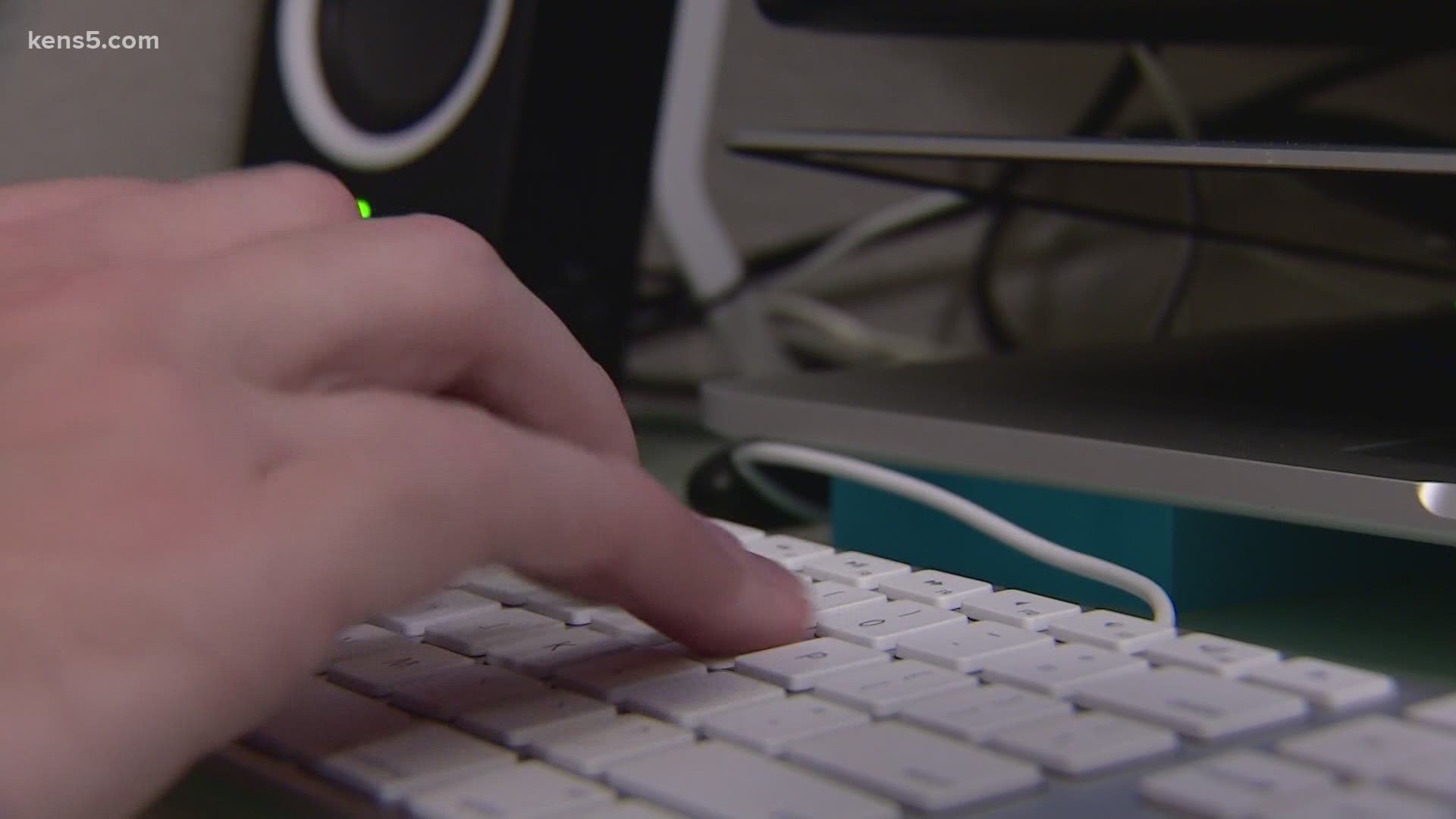SAN ANTONIO — Tomas Caquias is a civil law attorney who also works as a business strategist. His services are still being offered during the coronavirus pandemic. But they are, generally, obtained outside of his brick and mortar office he opened in 2016.
“It’s a laptop, cellphone, 99 percent of the time a cup of coffee and my briefcase,” he said.
Caquias said he has two full-time employees who work at home. He also has contract workers that could be activated at any time.
The contract workers can submit or itemize their own expenses. His full-time employees come to him to defer costs associated with doing business for his firm.
“Send it to us. We’ll look at it and reimburse you from there. I mean down to the stamps,” he said.
Beyond submitting their expenses to the boss, itemized deductions are out the window for W-2 employees.
In December 2017, the Tax Cuts and Jobs Act was signed into life by President Donald Trump. The tax changes took effect in 2018.
Part of what the act does is increase standard deductions. But it slashed away itemized write offs.
“Congress decided that—no---we’re not going to allow miscellaneous itemized deductions,” Teri Britts said. “Well, inside these miscellaneous deductions were the employee business expenses.”
Britts is a certified public accountant who is the managing partner for Britts & Associates. The deductions lost under the Tax Cuts and Jobs Act impact those W-2 employees who work from home.
“You don’t get a penny of deduction,” she said.
According to Britts, teachers are the only W-2 employees who can itemize $250 for their out of pocket costs.
The self-employed and business owners who file form 1099 with the Internal Revenue Service can make claims for at-home work deductions.
Britts said employees could go to their bosses with an ‘Accountable plan.’ The proposal would demonstrate that an employee’s cost has increased by $500 due to working at home. Or she said, ask your boss for a raise to cover the expenses.
“Easier said than done---depending on your employer,” Britts said.
According to Britts, the best deduction is the one that pays off in your wallet. For W-2 employees, she recommends bumping up your 401 (k). As for those who use Form 1099, her recommendation is investing in a retirement fund.

